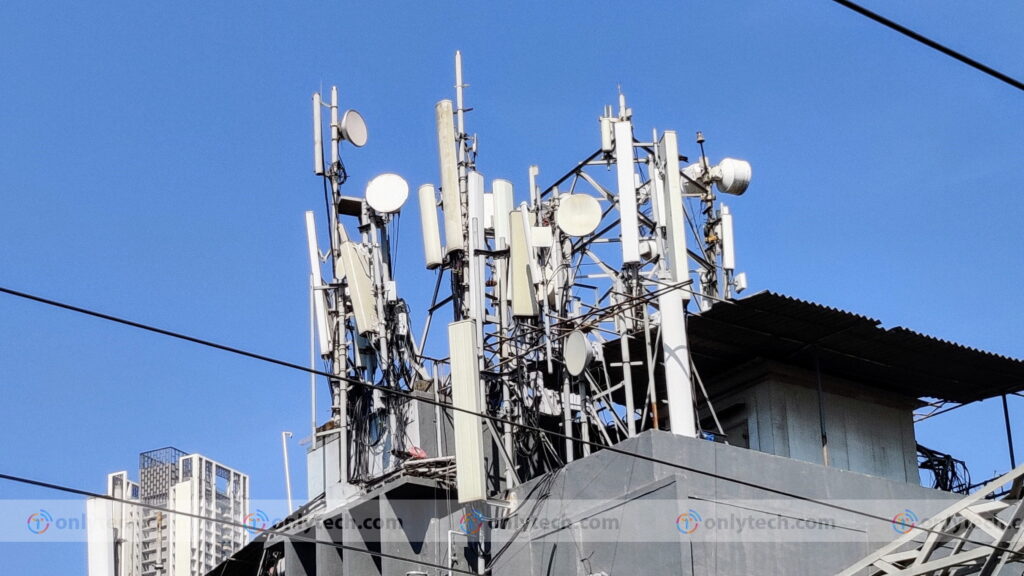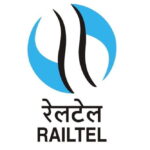The Union Cabinet chaired by the Prime Minister Narendra Modi approved the proposal for allotment of 5 MHz spectrum in 700 MHz frequency band to Indian Railways for public safety and security services at stations and in trains. The approval will give a boost to the ‘Atmanirbhar Bharat’ mission.
The spectrum alloted to Indian Railways will be charged on levy based on formula basis as prescribed by the Department of Telecommunications (DoT) for Royalty Charges and License Fee for Captive use as recommended by Telecom Regulatory Authority of India.
For the unversed, the spectrum allocation was more or less in place prior to Spectrum Auction 2021 itself. In 2016, when DoT debuted 700 MHz frequency band for auction the department had put 35 MHz spectrum to auction in every single telecom circle. In a nutshell, Spectrum Auction 2016 offered 770 MHz spectrum in 700 MHz frequency band with 154 spectrum blocks.
Whereas five years down the lane, DoT only put 30 MHz spectrum to auction in every single telecom circle. In a nutshell, Spectrum Auction 2021 offered 660 MHz of 700 MHz frequency band with 132 spectrum blocks.
It was crystal clear back in January 2021 itself that DoT had set aside 5 MHz in each telecom circle for Indian Railways that has now been officially approved by the Union Cabinet.

Indian Railways has envisaged to offer LTE (Long Term Evolution) based Mobile Train Radio Communication on its route with the allocated spectrum. The estimated investment in the project will be Rs 25,000 crore with five year time period for project completion.
The LTE system for Indian Railways will offer secure and reliable video, voice, and data communication services for operational, safety, and security applications. Railways will further use it for modern signalling and train protection systems and ensure seamless communication between loco pilots and guards.
“It will also enable Internet of Things (IoT) based remote asset monitoring especially of coaches, wagons & locos, and live video feed of CCTV cameras in the train coaches to ensure efficient, safer and faster train operations,” the Union Cabinet said in a release.
Indian Railways has also approved TCAS (Train Collision Avoidance System), an indigenously built ATP (Automatic Train Protection) System, that will help in avoiding train collisions thereby reducing accidents and ensuring passenger safety.
This will bring a strategic shift in Railway’s operations and maintenance regime. The move will help in improving the safety and increasing the line capacity to accomodate more trains using the existing infrastructure.
“The modern rail network will result in reduced transportation cost and higher efficiency. Also, it will attract multinational industries to set up manufacturing units to fulfill the ‘Make in India’ mission and generate employment,” the Union Cabinet said in a statement.









No replies yet
Loading new replies...
Join the full discussion at the OnlyTech Forums →